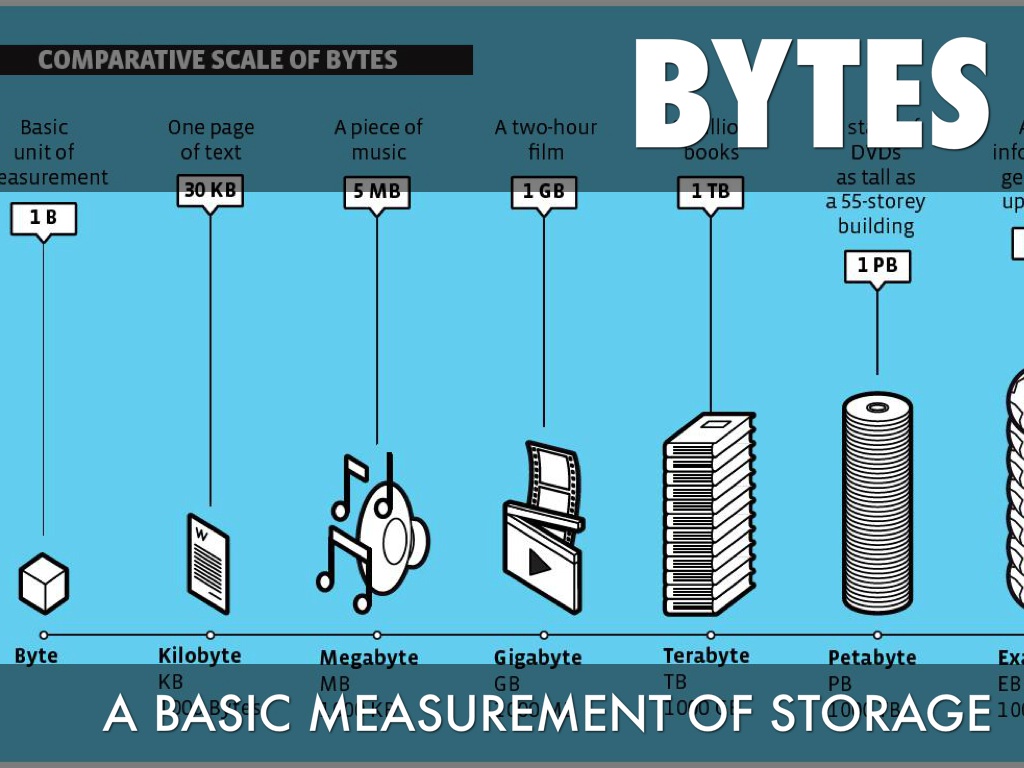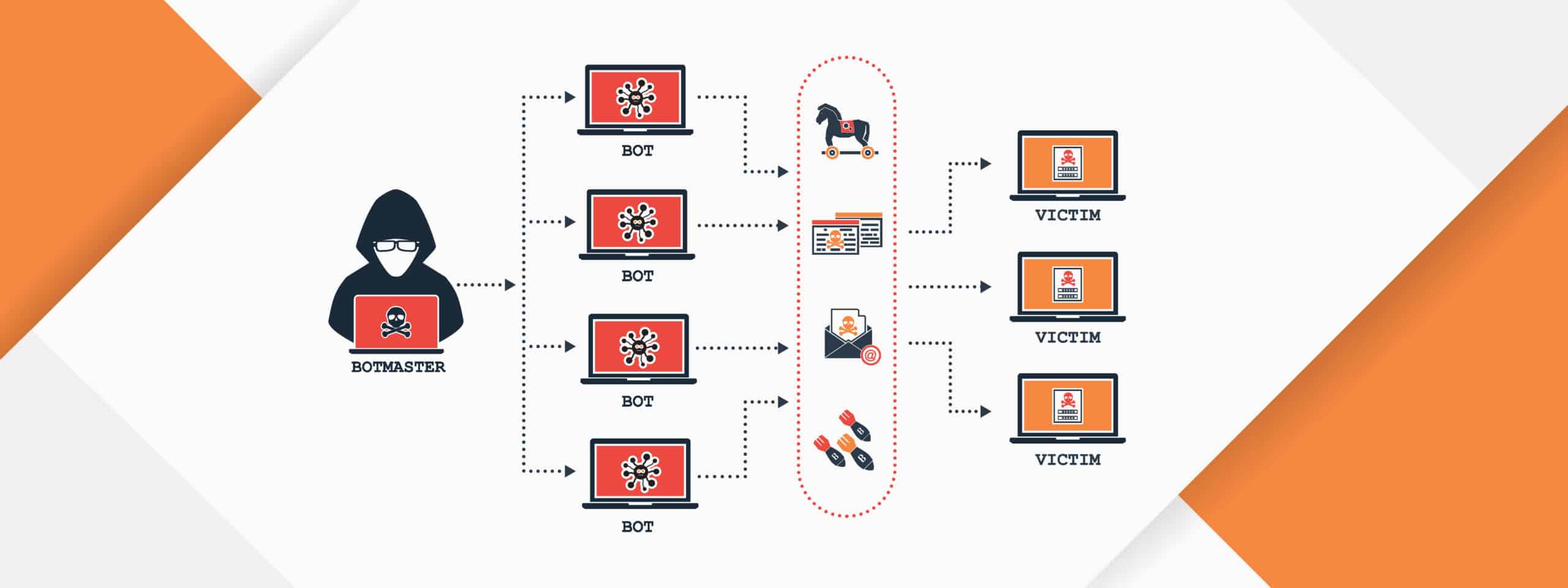
A byte is a basic unit of digital information used in computing and telecommunications. It typically consists of 8 bits, where a bit is the smallest unit of data in a computer, representing a binary value of either 0 or 1. Here’s a breakdown of what a byte is and its significance in the realm of computing:
What is a Byte?
- Composition:
- Bits: A byte is made up of 8 bits. Each bit can represent two possible values (0 or 1), so a byte can represent a total of 28=2562^8 = 25628=256 different values (from 0 to 255 in decimal).
- Representation:
- Binary: In binary, a byte might be represented as 10011001, which is an 8-digit binary number. Each position in the byte corresponds to a power of 2, starting from 202^020 on the right.
- Hexadecimal: Bytes are often represented in hexadecimal notation (base 16), which is more compact. For example, the binary byte 10011001 translates to 0x99 in hexadecimal.
Significance of a Byte
- Data Storage:
- Character Representation: A byte is commonly used to represent a single character in text. For instance, the ASCII (American Standard Code for Information Interchange) encoding uses one byte per character, allowing for the representation of characters like letters, digits, and symbols.
- Memory Addressing:
- Memory Organization: Computers often organize memory in terms of bytes. Each memory address typically points to a byte, making it a fundamental unit for memory management.
- File Sizes:
- Measurement Units: File sizes and storage capacity are often expressed in bytes. Common larger units include:
- Kilobyte (KB): 1,024 bytes
- Megabyte (MB): 1,024 KB (or 1,048,576 bytes)
- Gigabyte (GB): 1,024 MB (or 1,073,741,824 bytes)
- Terabyte (TB): 1,024 GB (or 1,099,511,627,776 bytes)
- Measurement Units: File sizes and storage capacity are often expressed in bytes. Common larger units include:
- Data Transfer:
- Bandwidth: When discussing data transfer rates, bytes are often used to describe how much data can be sent or received over a network in a given time. For example, internet speeds are commonly measured in megabits per second (Mbps), but file sizes might be described in megabytes.
Conclusion
In summary, a byte is a fundamental unit of digital information that consists of 8 bits. It plays a crucial role in representing characters, organizing memory, measuring file sizes, and facilitating data transfer in computing systems. Understanding bytes and their significance is essential for anyone working with computers, programming, or engaging with digital technology.







